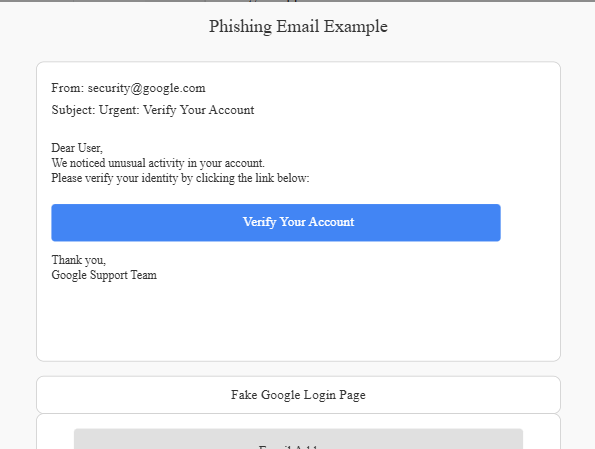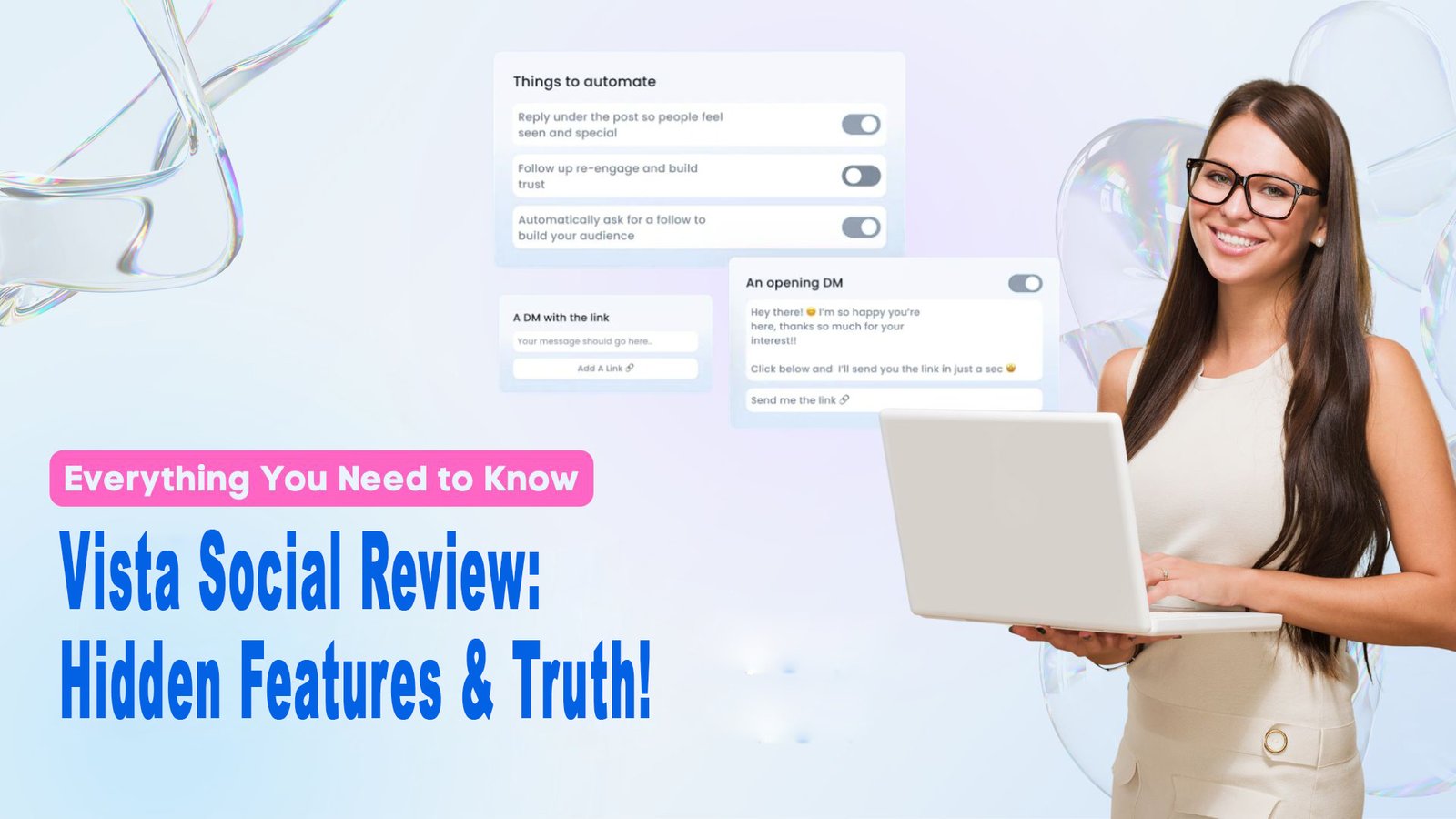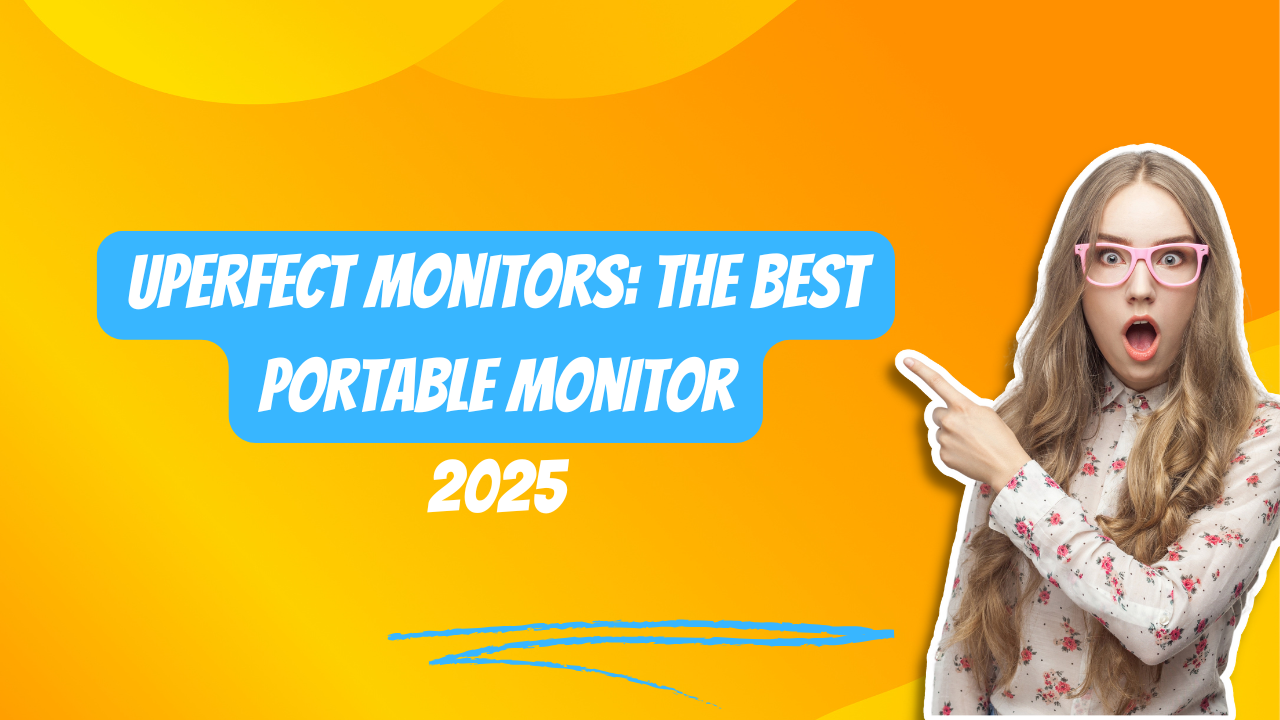Understanding Multi-Factor Authentication in Gmail.
Multi-Factor Authentication (MFA) in Gmail is a security feature that adds an extra layer of protection to your Google account. Instead of relying solely on your password, MFA requires you to verify your identity using an additional method, such as a verification code sent to your phone or an authentication app.
By enabling multi-factor authentication, Gmail users significantly reduce the risk of unauthorized access, even if their password gets stolen. Cybercriminals often use phishing attacks and data breaches to obtain passwords, but with MFA in place, they won’t be able to access your account without the second authentication step.
How Does Multi-Factor Authentication Work in Gmail?
When you log into Gmail with MFA enabled, the process typically follows these steps:
- Enter Your Password – You log in as usual using your email and password.
- Second Verification Step – Google prompts you to verify your identity using one of your chosen MFA methods (e.g., a code from Google Authenticator, a push notification, or a security key).
- Access Granted – Once you complete the second verification step, you can access your Gmail account securely.

This extra layer of security ensures that even if someone has your password, they won’t be able to access your emails or personal data without the second authentication factor.
Why is Multi-Factor Authentication Important for Gmail Users?
In today’s digital world, cyber threats are more common than ever. Hackers use phishing attacks, data breaches, and malware to steal passwords and gain unauthorized access to email accounts. This is why multi-factor authentication in Gmail is essential—it adds an extra security layer beyond just your password, making it significantly harder for cybercriminals to access your account.
Key Reasons Why Multi-Factor Authentication is Essential for Gmail Users
1. Protects Against Phishing Attacks
Phishing scams trick users into entering their passwords on fake login pages. Even if a hacker gets your password, multi-factor authentication ensures they can’t access your Gmail without the second verification step.

2. Prevents Unauthorized Account Access
If someone tries to log into your Gmail from an unknown device or location, MFA acts as a safeguard. Without access to your second authentication method, attackers won’t be able to proceed.
3. Protects Sensitive Personal and Business Data
Gmail often stores sensitive information, from personal emails to business communications. Multi-factor authentication in Gmail helps keep this data safe, preventing identity theft and financial fraud.

4. Complies with Security Best Practices
Many organizations and online platforms now require MFA to meet security standards. Enabling multi-factor authentication in Gmail ensures that your account follows best security practices, reducing vulnerabilities.
5. Easy to Set Up, Stronger Security
Despite its strong security benefits, MFA is easy to set up and use. Google offers multiple authentication methods, including SMS codes, authenticator apps, and security keys, so users can choose what works best for them.
Final Thoughts
Enabling multi-factor authentication in Gmail is one of the best ways to protect your email account from cyber threats. With just a few minutes of setup, you can secure your Gmail from hackers and keep your personal and business information safe.
How to Enable Multi-Factor Authentication in Gmail
Enabling multi-factor authentication in Gmail is one of the best ways to secure your account against hackers. With MFA, even if someone steals your password, they won’t be able to access your Gmail without a second verification step. Setting it up is quick and easy—just follow these steps.
Step-by-Step Guide to Enable Multi-Factor Authentication in Gmail
Step 1: Go to Google Account Security Settings
- Open your browser and go to Google Account Security.
- Scroll down to the “Signing in to Google“ section.
- Click on “2-Step Verification” and select “Get Started.”

Step 2: Sign in to Your Google Account
- Enter your Gmail email and password when prompted.
- If you have MFA already enabled on another device, you may be asked to verify your identity.

Step 3: Choose a Multi-Factor Authentication Method
Google offers several MFA options. Choose the one that works best for you:
- Google Prompt: A push notification sent to your phone for quick approval.
- Authenticator App: Use Google Authenticator or another authentication app to generate codes.
- SMS or Voice Call: Receive a one-time code via text or call.
- Security Key: Use a physical USB or NFC security key for added protection.
- Backup Codes: Print or save backup codes for emergency access.
Step 4: Verify and Complete Setup
- After selecting a method, follow the on-screen instructions to verify it.
- Google may send a test code to ensure your MFA method is working.
- Click “Turn On” to enable multi-factor authentication in Gmail.

Final Thoughts
Once enabled, multi-factor authentication in Gmail will add an extra layer of security to your account. Every time you sign in from a new device, you’ll need to complete the second verification step, keeping hackers out.
Different Methods of Multi-Factor Authentication in Gmail
Google offers multiple ways to set up multi-factor authentication in Gmail, giving users flexibility in how they secure their accounts. Each method provides an extra layer of security beyond just a password. Below are the different MFA options available for Gmail users.
Google Authenticator App
The Google Authenticator App generates time-sensitive, one-time passcodes (OTP) that you use to verify your login. Since the codes change every 30 seconds and are not sent via the internet, they provide a highly secure authentication method.
How to Use It:
- Download the Google Authenticator app from the Google Play Store or Apple App Store.
- Scan the QR code provided during the Gmail MFA setup.
- Enter the six-digit code displayed in the app when prompted.
SMS and Voice Call Verification
This method sends a one-time passcode (OTP) to your registered phone number via SMS or voice call. You enter this code to verify your identity when logging into Gmail.
Pros:
✔️ Easy to set up and use.
✔️ Works without an internet connection.
Cons:
❌ Less secure, as SIM swapping or phone hacking can compromise this method.
Backup Codes
Backup codes are a set of one-time-use codes that you can generate in advance and store securely. These are useful when you don’t have access to your phone or other MFA devices.
How to Use Them:
- Go to Google Account Security Settings and navigate to 2-Step Verification.
- Click “Backup Codes” and download or print them.
- Use a backup code when prompted during sign-in.
Security Keys (Hardware MFA)
A security key is a physical device (USB or NFC) that you plug into your computer or tap on your phone to verify your login. It offers the highest level of security against phishing attacks.
How to Use It:
- Purchase a FIDO2-compatible security key (such as YubiKey).
- Register it in your Google Account Security settings.
- Insert or tap the key when prompted during sign-in.
Google Prompt
Google Prompt is the most convenient MFA option. Instead of entering a code, you receive a push notification on your trusted device, asking you to approve or deny the login attempt.
How to Use It:
- Enable Google Prompt in your account’s 2-Step Verification settings.
- When logging in, you’ll receive a notification on your phone.
- Tap “Yes” to approve or “No” if you didn’t initiate the login.
Final Thoughts
Choosing the right multi-factor authentication in Gmail method depends on your security needs. For maximum protection, a security key or Google Authenticator is recommended. However, if you prefer convenience, Google Prompt is a great option.
Pros and Cons of Multi-Factor Authentication in Gmail
Enabling multi-factor authentication in Gmail is one of the best ways to enhance security, but like any technology, it has its advantages and drawbacks. Below, we’ll explore the key pros and cons of using MFA for your Gmail account.
Pros of Multi-Factor Authentication in Gmail
1. Stronger Security Against Hackers
MFA adds an extra layer of protection, making it significantly harder for hackers to access your Gmail account. Even if your password is compromised, they won’t be able to log in without the second authentication factor.
2. Protection Against Phishing Attacks
Phishing emails trick users into entering their credentials on fake websites. With multi-factor authentication in Gmail, even if you accidentally enter your password on a fraudulent site, the attacker still won’t be able to log in without your second authentication step.
3. Multiple Authentication Options
Google provides various MFA methods, including:
✔️ Google Authenticator App
✔️ Google Prompt
✔️ SMS & Voice Call Verification
✔️ Security Keys
✔️ Backup Codes
This flexibility allows users to choose the most convenient and secure option for their needs.
4. Easy to Set Up and Use
Setting up multi-factor authentication in Gmail is a simple process that takes only a few minutes. Once enabled, most MFA methods, like Google Prompt, provide a seamless login experience with just one tap.
5. Compliance with Security Best Practices
Many businesses and organizations require employees to enable MFA to meet security compliance standards. Enabling it for your Gmail account ensures that your email security aligns with best practices.
Cons of Multi-Factor Authentication in Gmail
1. Can Be Inconvenient
Having to verify your identity every time you log in can feel like an extra step, especially if you frequently switch devices.
2. Risk of Losing Access
If you lose your phone or security key, accessing your Gmail account can become challenging. However, Google provides backup codes to recover your account.
3. SMS Verification Can Be Vulnerable
While SMS-based MFA is better than no authentication, it is still susceptible to SIM swapping attacks, where hackers trick mobile carriers into transferring your phone number to their device.
4. Requires Internet or Network Access
Some MFA methods, like Google Prompt and authentication apps, require an internet connection, which can be a problem in areas with poor connectivity.
Final Thoughts
The benefits of multi-factor authentication in Gmail far outweigh the drawbacks. While it may add a minor inconvenience, the extra layer of security it provides helps protect your sensitive emails, personal data, and online accounts.
Common Issues and Troubleshooting MFA in Gmail
While multi-factor authentication in Gmail is a powerful security feature, users sometimes experience issues during setup or login. This guide covers common MFA problems and how to fix them.
1. Lost or Unavailable Authentication Device
Issue:
You lost your phone, or the device you use for MFA is unavailable, preventing you from logging into Gmail.
Solution:
✔️ Use Backup Codes – If you saved backup codes earlier, enter one to sign in.
✔️ Try Another Verification Method – If you set up multiple MFA methods, use a different one (e.g., SMS, security key).
✔️ Recover Your Account – Visit Google Account Recovery and follow the instructions.
2. Not Receiving SMS or Voice Call Verification Code
Issue:
You’re not receiving the verification code via SMS or voice call.
Solution:
✔️ Check Network Signal – Ensure your phone has network coverage.
✔️ Try a Different Number – If you have another registered phone number, use it.
✔️ Restart Your Phone – Sometimes, refreshing your network connection helps.
✔️ Use an Alternate Method – Switch to Google Authenticator or Google Prompt if possible.
3. Google Prompt or Authenticator App Not Working
Issue:
Google Prompt or the Authenticator app isn’t generating codes or showing approval requests.
Solution:
✔️ Check Internet Connection – Google Prompt needs an internet connection to work.
✔️ Sync the Authenticator App – Open Google Authenticator > Settings > Time Correction for Codes > Sync now to fix time-based code errors.
✔️ Reinstall the App – If the problem persists, reinstall Google Authenticator and re-link it to your account.
4. Security Key Not Recognized
Issue:
Your physical security key isn’t detected when trying to log in.
Solution:
✔️ Try a Different USB Port – If using a USB security key, switch ports.
✔️ Check Compatibility – Some older devices may not support NFC security keys.
✔️ Use a Backup Method – If the key isn’t working, try a different MFA method.
5. MFA Setup Not Completing
Issue:
You’re trying to enable multi-factor authentication in Gmail, but the process is failing or not saving.
Solution:
✔️ Clear Browser Cache – Try clearing your browser cache and cookies.
✔️ Use a Different Browser – If the issue persists, switch to another browser.
✔️ Check Google’s Service Status – Rarely, Google servers may have temporary issues. Visit Google Workspace Status to check.
Final Thoughts
While multi-factor authentication in Gmail is highly effective, occasional issues may arise. Knowing how to troubleshoot common MFA problems ensures you stay protected without unnecessary disruptions.
Conclusion: Why You Should Enable MFA on Gmail Today
In today’s digital world, cyber threats are more common than ever, making it essential to protect your online accounts. Enabling multi-factor authentication in Gmail adds an extra layer of security, significantly reducing the risk of unauthorized access.
Why MFA is a Must-Have for Gmail Users
✔️ Prevents Unauthorized Access – Even if hackers steal your password, they can’t access your Gmail account without the second authentication factor.
✔️ Protects Against Phishing Attacks – Many cybercriminals use fake login pages to steal passwords. With MFA, your account remains secure even if your password is compromised.
✔️ Multiple Authentication Options – Whether you prefer Google Authenticator, SMS codes, backup codes, security keys, or Google Prompt, you can choose the MFA method that works best for you.
✔️ Easy to Set Up – Enabling multi-factor authentication in Gmail takes just a few minutes but provides long-term security benefits.
Don’t Wait – Secure Your Gmail Account Now!
Cyber threats are constantly evolving, and relying only on a password is no longer safe. Take control of your security today by enabling multi-factor authentication in Gmail. It’s a simple step that makes a big difference in protecting your personal and professional information.







